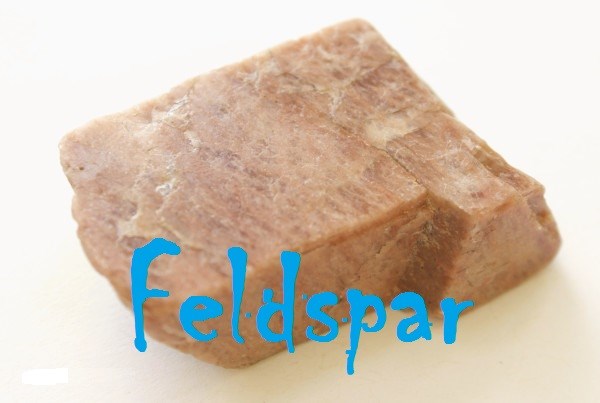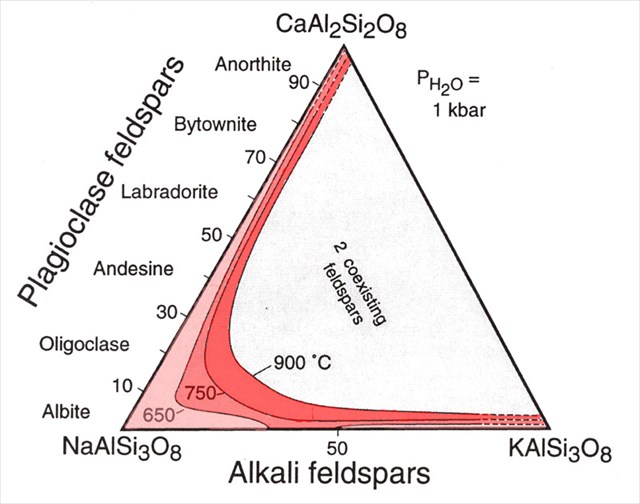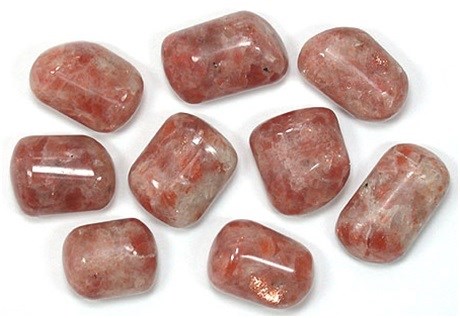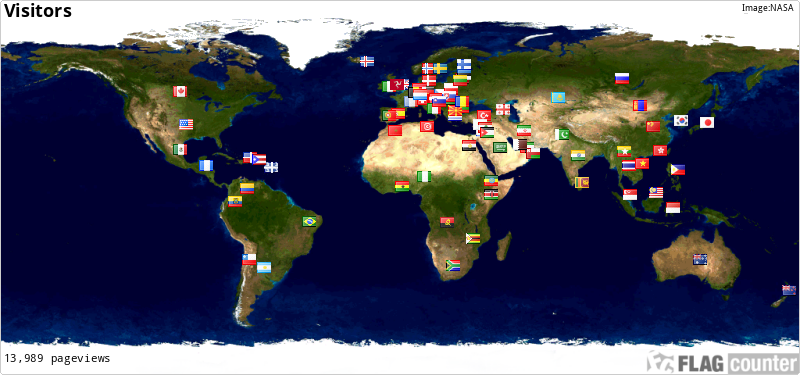
**This cache is located within an area frequently patrolled by Police. Please avoid acting suspiciously whilst searching for it, and if challenged, explain about geocaching. It may be worth pointing out that it is not a physical box you are looking for.**
Feldspar is by far the most abundant group of minerals in the earth's crust, forming about 60% of terrestrial rocks. Most deposits offer sodium feldspar as well as potassium feldspar and mixed feldspars. Feldspars are primarily used in industrial applications for their alumina and alkali content. The term feldspar encompasses a whole range of materials. Most of the products we use on a daily basis are made with feldspar: glass for drinking, glass for protection, fiberglass for insulation, the floor tiles and shower basins in our bathrooms, and the tableware from which we eat. Feldspar is part of our daily life.
Feldspar minerals are essential components in igneous, metamorphic and sedimentary rocks, to such an extent that the classification of a number of rocks is based upon feldspar content. The mineralogical composition of most feldspars can be expressed in terms of the ternary system Orthoclase (KAlSi3O8), Albite (NaAlSi3O8) and Anorthite (CaAl2Si2O8).
Subgroup 1: Orthoclases
Subgroup 2: Albite
Subgroup 3: Anorthite
Subgroup orthoclase and albite constitut: Orthoclase (K-feldspar)
Subgroup albite and anorthite constitut: Plagioclase

Chemically, the feldspars are silicates of aluminium, containing sodium, potassium, iron, calcium, or barium or combinations of these elements.
The minerals of which the composition is comprised between Albite and Anorthite are known as the plagioclase feldspars, while those comprised between Albite and Orthoclase are called the alkali feldspars due to the presence of alkali metals sodium and potassium. The alkali feldspars are of particular interest in terms of industrial use of feldspars. Amongst the numerous rocks in which they are present, feldspars are particularly abundant in igneous rocks like granite, which contains up to 50% or 70% of alkaline feldspar.


You will normally find feldspar like this in a stone, and not as a larger-szied mineral as in the above photos, so here is what you will be looking for at the stone at GZ (example photo below was not taken at GZ):

To log this cache.
To get to log this cache you will have to read the cache text and visit the coordinates given. After that you will have to answer the questions which are related to the text and the coordinates given.
When answers are collected, send them to CO for verification. I will accept answers sent via email or through the Message Centre.
You can log immediately after answers are sent the CO. If there are any questions about your answers CO will contact you.
Logs without answers to CO or with pending questions from CO will be deleted without any further notice.
Please do not include pictures in your log that may answer the questions.
Questions
1. Answer the questions under by visiting the Coordinates.
A. How can you easily identify the Feldspar? Also describe the feldspar at GZ with its shape and colour.
B. The coordinates have lead you to The statue of Sir Robert Peel. Have a look around the statue, how much percentage of the feldspar would you say the stone contains?
C. What average size are the reddish pink colored spots that you find?
D. At the front part of the stone where you can read: "PEEL”, do you think there are more 'spots' of feldspar to find within this part of the stone, rather than within the other three sides?
2. It’s voluntary to post a photo in your online log. Without revealing any answers!
